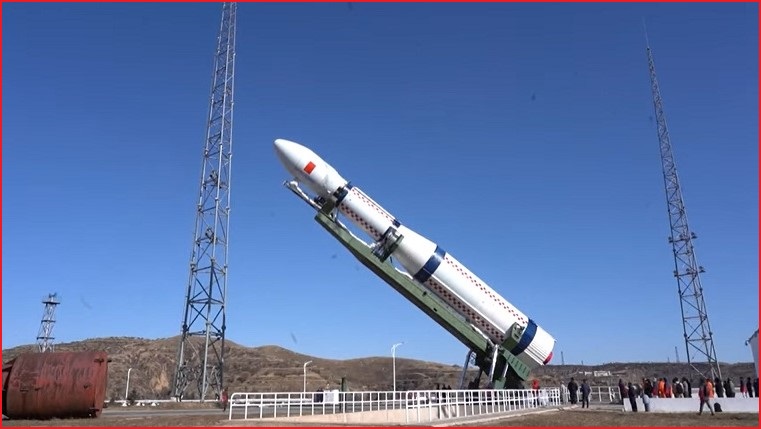Chinese scientists launched a satellite containing experimental 6G technologies into orbit earlier this month.
The Tianyan-5 Satellite, sent up with 13 other satellites on November 6, will test terahertz (THz) communications in what the BBC described as a “world first” test of 6G technology in space.
But with Australia’s 5G network is still slowly rolling out – why are we already thinking about 6G?
Dr Diep Nguyen, Senior Lecturer at the University of Technology Sydney’s School of Electrical and Data Engineering, said companies and academics had already begun thinking about the next phase of telecommunications.
“There is a lot of back-and-forth that needs to happen between research and industry before the next technology is standardised and hits the market,” Dr Nguyen told Information Age.
“Now that 5G has been commercialised, people are talking about the next stage in the life cycle.”
Whatever the sixth generation of wireless networks becomes, there is a global race to develop and patent the technologies that will form the new standard in years to come.
THz frequencies, like those being tested by the Tianyan-5 satellite, will likely play a major role as German researchers recently presented proof-of-concept for a low-cost THz receiver they claim has seen transmission rates of 115 Gbps.
That’s more than 10 times the max speed of 5G, and it’s still early days.
While speed will undoubtedly be a feature of 6G, Dr Nguyen said it won’t be the focus of the next generation. Instead he picked four main areas where researchers will look to improve wireless technology: accessibility, reliability, latency, and efficiency.
“Reliability is especially important for industrial automation,” he said.
“When machines are talking to each other it requires very strict latency and 6G will again improve that.
“Also, when you think about existing infrastructure like data centres and the amount of energy they use, 6G will be more energy efficient and that will help reduce the amount of carbon dioxide we produce.”
Dr Nguyen also expects the next generation will move us closer toward high-speed, low latency satellite broadband that will provide greater coverage to people outside urban areas – something Elon Musk’s Starlink company is already trying to achieve through constellations of small communications satellites littering Earth’s orbit.
Experiments using China’s the Tianyan-5 satellite will test THz in space and help begin the process.
But we are still a way off seeing a 6G compatible iPhone.
“Based on 5G, which was being talked about back in 2013-14, I would say there is around five or six years before the next generation,” Dr Nguyen said.
“It still has people coming up with new ideas and is very much in the infancy of standardisation.”










